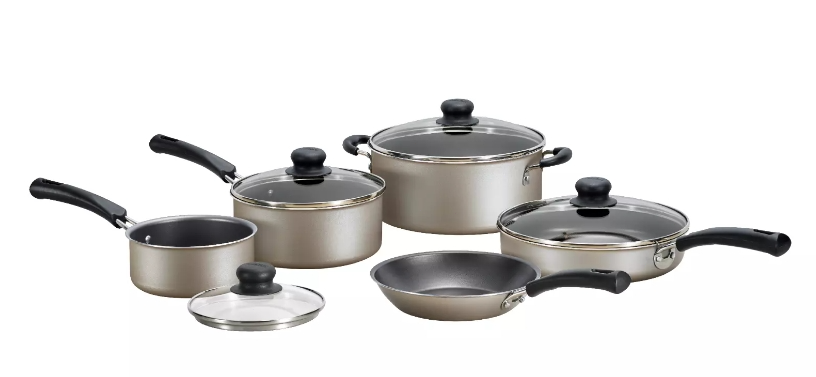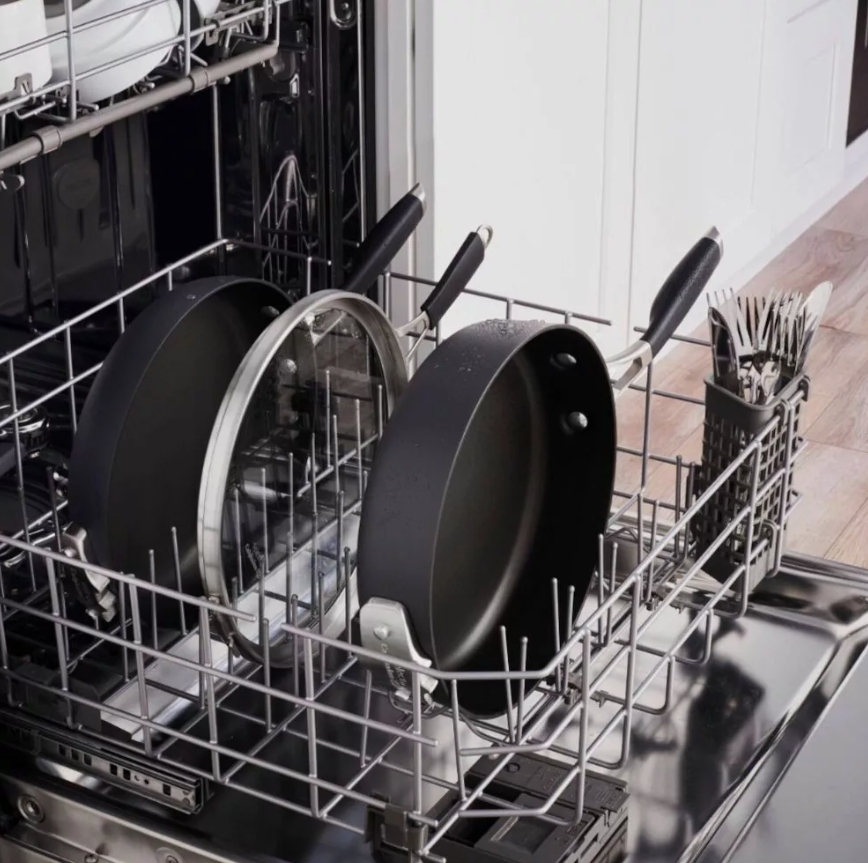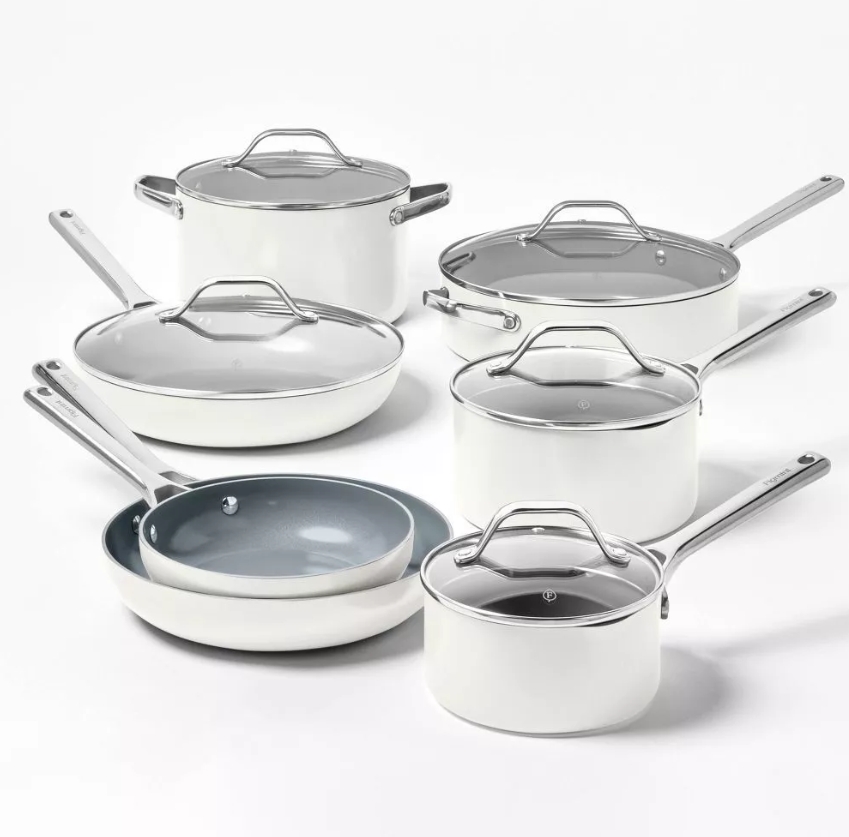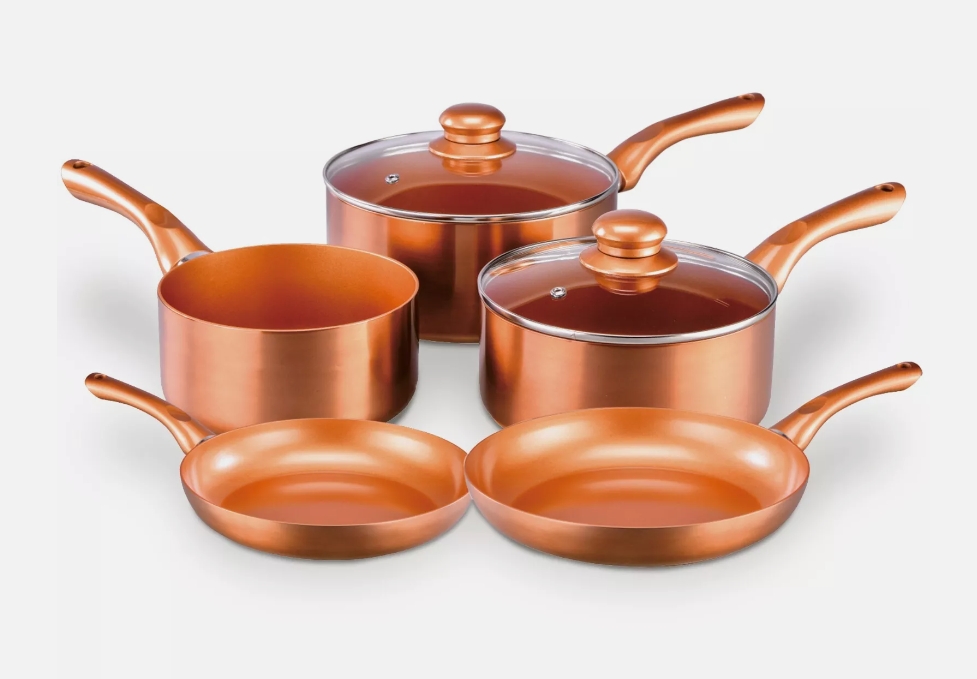POTS and pans are indispensable cooking tools in the kitchen, they not only carry the change of ingredients and flavor, but also an important carrier of culinary art. Whether boiling, frying, frying or braising, different types of POTS have their own unique functions and ways of use to adapt to various cooking needs.
First of all, wok is one of the most common wok in Chinese food, and its deep design and wide surface allow the fumes to evaporate quickly, suitable for high temperature and quick frying. The bottom of the wok is usually thicker to prevent heat from being lost too quickly, allowing the ingredients to remain tender for a short time. In western food, the pan has become the protagonist of frying, its smooth surface is easy to turn the ingredients, suitable for making fried eggs, fried meat and other delicious dishes.
Another common type of pot is a saucepan, which is suitable for slow cooking. During the long cooking process, the saucepan can maintain a stable temperature, allowing the flavors of the ingredients to fully integrate and make the soup more rich. Whether it's for stewing meat or soups, stewpots release the essence of ingredients slowly, creating a delicious, nutrient-rich meal.
The pressure cooker is an efficient assistant to the modern kitchen. It uses pressure to raise the boiling point, making the food fully ripe in a short time. Whether cooking beans, rice or meat, pressure cookers can significantly reduce cooking time while retaining more nutrients. For busy chefs,the pressure cooker is undoubtedly the best choice to improve cooking efficiency.
For baking enthusiasts, baking sheets and pans are particularly important. They are designed for baking and transfer heat evenly,ensuring that the food is heated uniformly throughout the baking process to achieve the desired result. Whether you're making a fluffy cake or crunchy cookies,the right baking utensils can help achieve the perfect baking experience.




